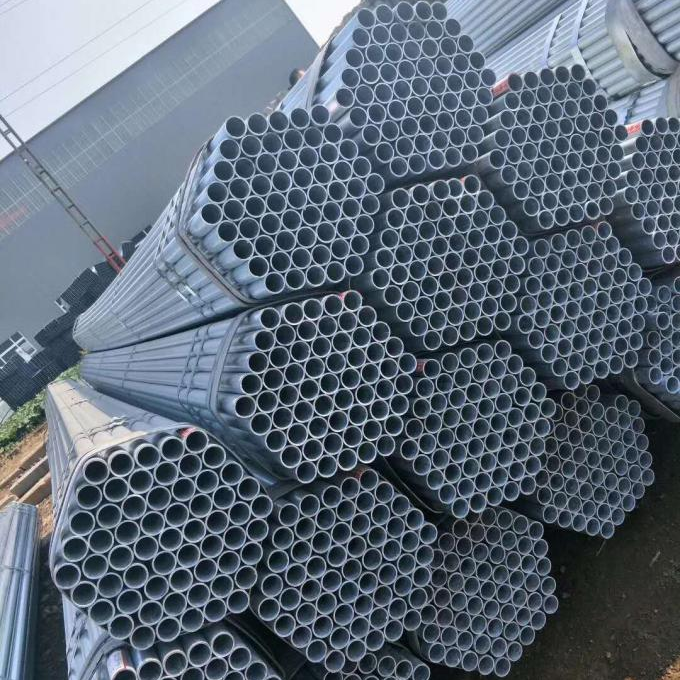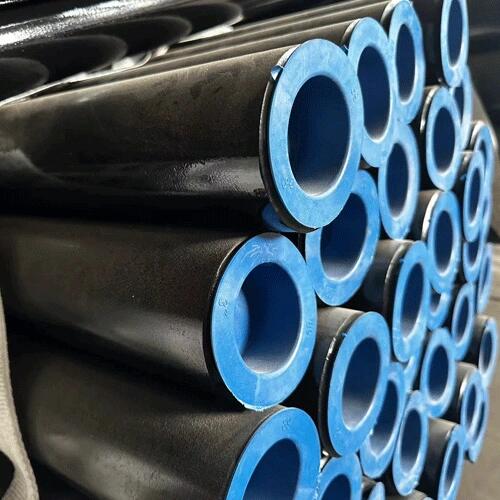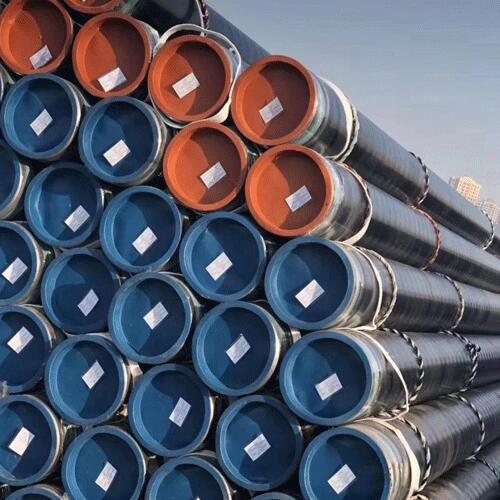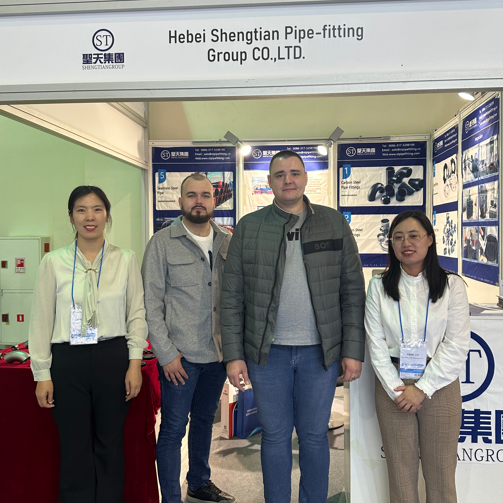The continuous rolling process of Lsaw steel pipe: the continuous rolling process of straight seam steel pipe, the continuous rolling process is used in the continuous rolling and fixed diameter reduction process of steel pipe. Continuous steel pipe rolling is a process in which steel pipes and mandrels move together in multiple racks. The deformation and movement of steel pipes are simultaneously affected by the joint action of rolls and mandrels. The mandrel can be free-floating, that is, it is driven forward by the metal; it can also be limited, that is, the mandrel is given a movement speed to limit its free movement. During the movement, the mandrel, the roll, and the steel pipe are connected as a whole, and the change of any one of them will cause a change in the state of the whole system. The continuous rolling theory is the theory of studying the relationship between them.
The kinematic phenomenon of steel pipe continuous rolling:
1. Kinematic phenomenon;
2. Slip phenomenon;
3. Tension coefficient.
Analysis of the motion state of the continuous rolling tube:
1. The displacement relationship between the rolled piece and the mandrel;
2. Rack and its determination;
3. Intermittent rolling analysis;
4. Movement characteristics of the single rolling mandrel.
Deformation and stress in continuous rolling of steel pipes:
1. Internal stress analysis of continuous rolling pipe;
2. Analysis of side wall deformation and stress.
Welded pipes are classified according to their uses: according to their uses, they are divided into general welded pipes, galvanized welded pipes, oxygen-blown welded pipes, wire casings, metric welded pipes, idler pipes, deep well pump pipes, automotive pipes, transformer pipes, electric welded thin-walled pipes, electric welded special-shaped pipes and spiral welded pipes.
General welded pipe: General welded pipe is used to convey low-pressure fluid. Made of Q195A, Q215A, Q235A steel. It can also be manufactured from other mild steels that are easy to weld. Steel pipes are subject to water pressure, bending, flattening, and other tests, and there are requirements for the surface. Usually, the delivery length is 4-10m, and it is often required to be delivered in fixed length (or double length).
The specification of the welded pipe is represented by the nominal diameter (mm or inch). The nominal diameter is different from the actual one. The welded pipe has two types of ordinary steel pipe and thickened steel pipe according to the specified wall thickness. The steel pipe is divided into two types: threaded and unthreaded according to the pipe end form.
 How to apply hot dipped galvanized steel pipe?
How to apply hot dipped galvanized steel pipe?
 Why should Seamless steel pipes be epoxy powder coated?
Why should Seamless steel pipes be epoxy powder coated?
 ASTM A106 Thick-walled steel pipe production steps
ASTM A106 Thick-walled steel pipe production steps
 Shengtian Group successfully participated in the Russian Oil and Gas Exhibition
Shengtian Group successfully participated in the Russian Oil and Gas Exhibition